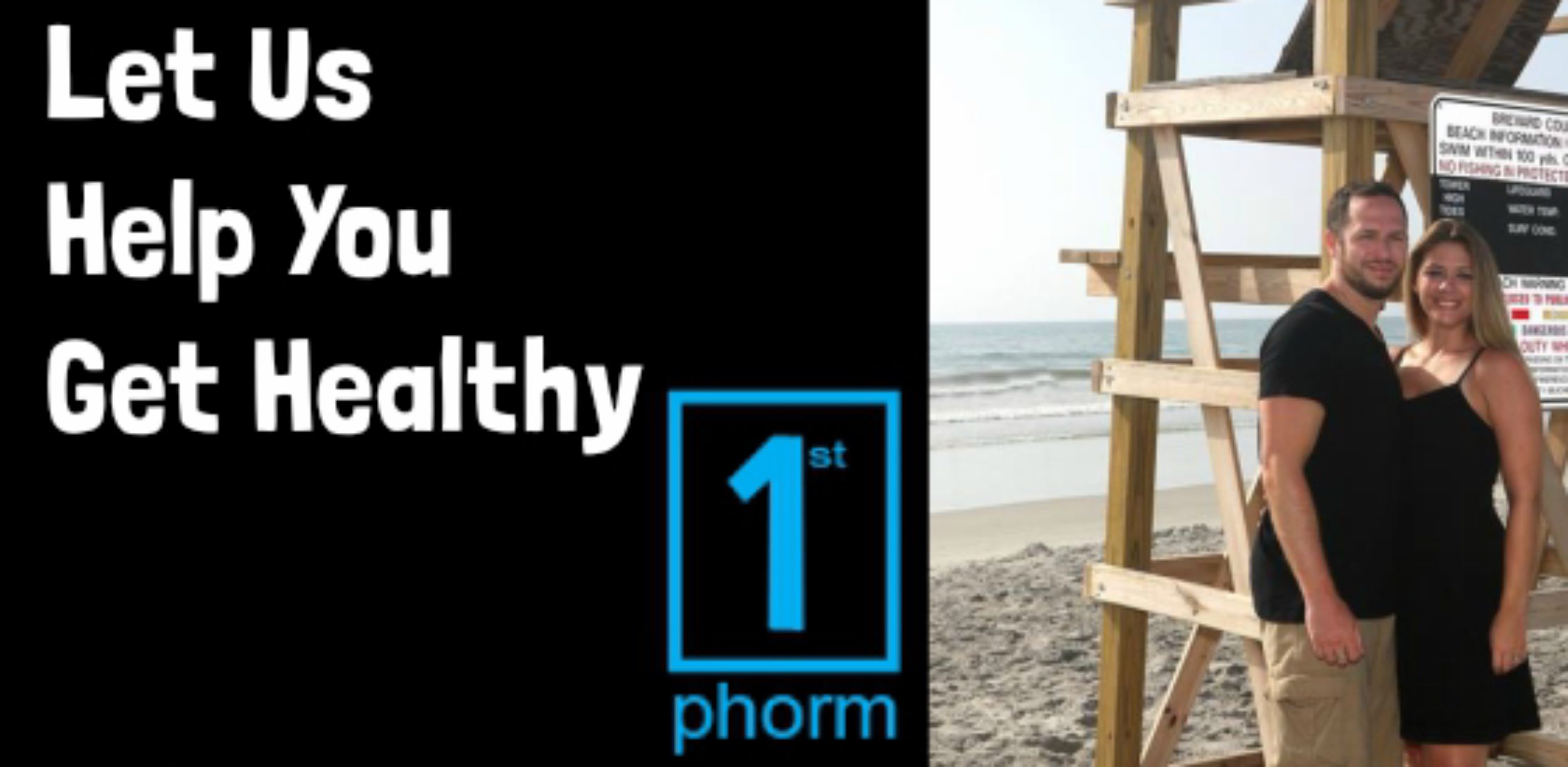Descriptions and Benefits of Different Diets
Adkins, Paleo, Vegetarian, Zone, there are a ton of different diets out there. What are the benefits and key characteristics of each?
Adkins Diet:

The Adkins Diet was created by nutritionist Roger Adkins. The diet is a classic example of a low carbohydrate diet. The goal is to limit the amount of carbs and promote ketosis, the process in which the body uses fat as the primary fuel, instead of carbohydrates.
Benefits/Issues with the Adkins Diet:
Adkins doesn’t impose calorie limits, and early versions allowed the dieter to eat unlimited meats and cheeses. Lower carbohydrate diets tend to see a decrease in water weight, which will help the person lose weight faster early. Lower glycogen levels in the muscles will help clothes feel loser because of the lack of carbohydrates that your body is eating. This may make you feel good at first, but long term may restrict the amount of muscle growth. The Adkins diet does help people lose weight and I feel is an easier diet to understand because you are really only concerned with the amount of carbohydrates that you can ingest, however can be hard to follow because of the cravings.
Paleo Diet:

The Paleo Diet was created by Loren Cordain, PhD, who believes that humans are genetically made to eat specific foods that our ancestors (early humans) had readily available. This means that no preservative foods such as lean meats, seafood, nuts (no peanuts!), fruits and vegetables (no potatoes or beans!), and plant based oils are approved. Eating non-preservative foods including lean cuts of meat, fruits and vegetables, and nuts can be heart healthy.
Benefits/Issues with the Paleo Diet:
My biggest issue with the Paleo Diet is that we are told to eat like early humans who had an average lifespan of 25-30 years. Also look at the list of approved foods, there are no oats, breads, pastas, or dairy. It is super restrictive and takes away a ton of healthy options. It is known to be expensive to be on this diet because the food needs to be preservative free and the options are limited. The diet does work and has a ton of followers.
Vegetarian Diet:

Probably my least favorite diet. Why? Not because of the diet itself, just the fact that I love meat and seafood. I’m sorry, I just got to have it in my diet. The vegetarian diet is what it sounds like, eating nothing but fruits, nuts, vegetables, grains, legumes, oils and starches. No meat, no seafood.
Benefits/Issues with the Vegetarian Diet:
The vegetarian diet is great for the heart. The vegetarian diet can help with many other conditions such as diabetes and blood pressure. However, the vegetarian diet can also lead to some deficiencies. Calcium, vitamin B, omega-3 fatty acids, complete proteins, and other deficiencies happen with vegetarians. It is also hard to eat a high protein diet so if your goal is to increase muscle, it is harder to do so. It is hard to find someone who is obese who is on the vegetarian diet. It works.
Zone Diet:

The Zone Diet, created by Dr. Barry Sears, is a restrictive diet that the dieter has to stick to 5 meals (3 full meals, 2 snacks) all with a 30%-40%-30% ratio per meal. This means that each meal/snack needs to have 30% fat, 40% carbohydrates, and 30% protein.
Benefits/Issues with the Zone Diet:
The Zone Diet is probably my favorite of the bunch. I typically like to keep my clients to a ratio of 20%/40%/40% (20% fats, 40% carbs, 40% protein), so this is more in line with my philosophy. It is hard for the average dieter to stick with this plan because the diet believes that all meals should stick to the 30-40-30 ratio. I believe that by the end of the day you should see that as your total macros versus a per meal basis. It is essential when on the Zone Diet to find recipes to use because it is extremely difficult to follow.
The Dustin Diet:

The Dustin Diet, is a diet that I advocate with the majority of my clients. This diet, which is high in protein, helps produce lean muscle and burn fat. This diet is restrictive in calories and when you can eat certain macros. Sample: Breakfast should be high protein, moderate carbs. Snacks between breakfast and lunch should be high healthy fat, low carbohydrates, moderate proteins. Lunches should be low carb, high protein. Snacks between lunch and dinner should be high healthy fat, low carbs, moderate proteins. Dinner/Post Workout should be high protein, high carbohydrates.
Benefits/Issues with the Dustin Diet:
The Dustin diet gives your body the fuel it needs at the appropriate times. You eat carbohydrates upon waking and post workout/dinner, however you restrict carbohydrates during the middle of the day. This prevents insulin from spiking while you are sitting at your desk. Insulin either creates fat, or creates muscle. You want to spike insulin around workouts, and not when you are sitting at your desk.
Summary:
Almost all diets work. This is because it restricts the amount of calories/junk food that you can eat. Whether you use any or all of these diets, as long as you follow them, they will work. Some are easier than others, and some have extra health benefits when compared to one another. All of these diets promote high protein meals, and nothing is better than Level-1 protein by 1st Phorm. For $1.66 you get a full meal of high quality protein, low carbs, low fat. Order today with free shipping: 1stphorm.com/nutritiontrain
Thanks for reading!
Dustin Holston
